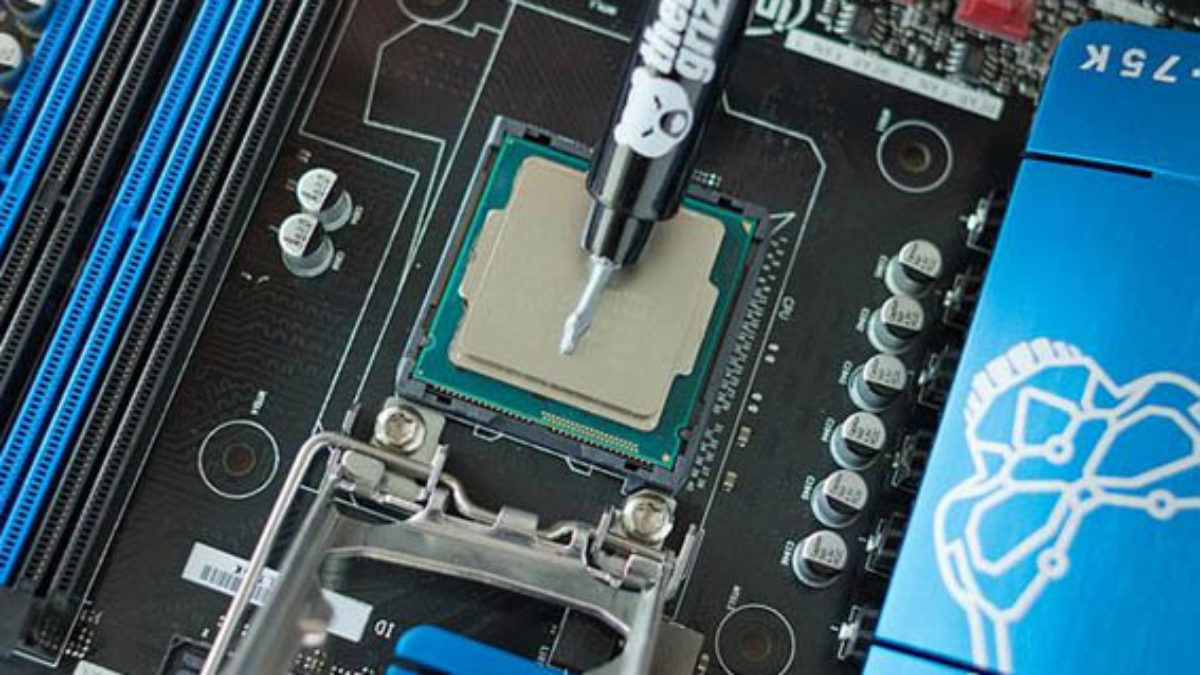You might not know it, but there’s more to installing a GPU than plugging it in. For the best cooling performance, GPU thermal paste is an essential component of any build. But what is GPU thermal paste? And what are some important considerations when selecting the right one for your rig? Here are some things you need to know.
What Is GPU Thermal Paste?
GPUs are incredibly sensitive to temperature changes. The copper or aluminum base of the GPU heats up during use, which requires active cooling. This is where thermal paste comes in; it’s designed to fill in microscopic air gaps between the heat spreader and the PCB, providing an even layer of contact for increased heat transfer.
Features to Consider When Selecting GPU Thermal Paste
GPU thermal paste is the goop that coats the surface of your card’s heatsink, transferring heat from the chip to the cooler. It comes in a variety of forms, including liquid metal, grease, and powder. It’s important to select a type suitable for your needs. For example, grease is an excellent choice if you plan on overclocking your card or running it at temperatures around or below room temperature. However, if you plan on running your card hot (above 70° C), you should choose a thermal paste with a higher viscosity — for example, liquid metal.
The full list of criteria to consider when selecting GPU thermal paste includes:
- Temperatures at which you are willing to run your card
- The type of cooling system you use
- The manufacturer of the card
How Much Thermal Paste Do You Need?
Depending on the size of your GPU, you will need a different amount of thermal paste. Generally speaking, an ideal amount for any GPU is roughly a pea-sized blob. If you find that you’re using more than that, it might be an indication that the silicone pads aren’t lined up properly with the heatsink and GPU.
The Best Brands for GPU Thermal Paste
There are many brands of GPU thermal paste available, and you’ll want to choose the one that will help your GPU run at its absolute best. We recommend using brands like Noctua, Deepcool, Arctic MX4, Arctic Silver 5, and Cooler Master MasterGel Maker.
GPUs require a thin layer of thermal paste to transfer heat from the GPU core to the heat sink so it can be cooled by airflow. This is because metal doesn’t conduct heat well enough on its own. Thermal paste fills in those gaps, providing a more efficient transfer of heat from the GPU to the air around it. When you apply too much thermal paste or not enough, your rig will be hotter than it needs to be.
Conclusion
There are plenty of things to consider when shopping for a thermal compound to apply to your GPU, so it’s important to know what you’re looking for. In this article, we’ve broken it down into four main categories—features, price, quantity and brand reputation. This way, you can find the best thermal paste for your GPU without breaking a sweat!


